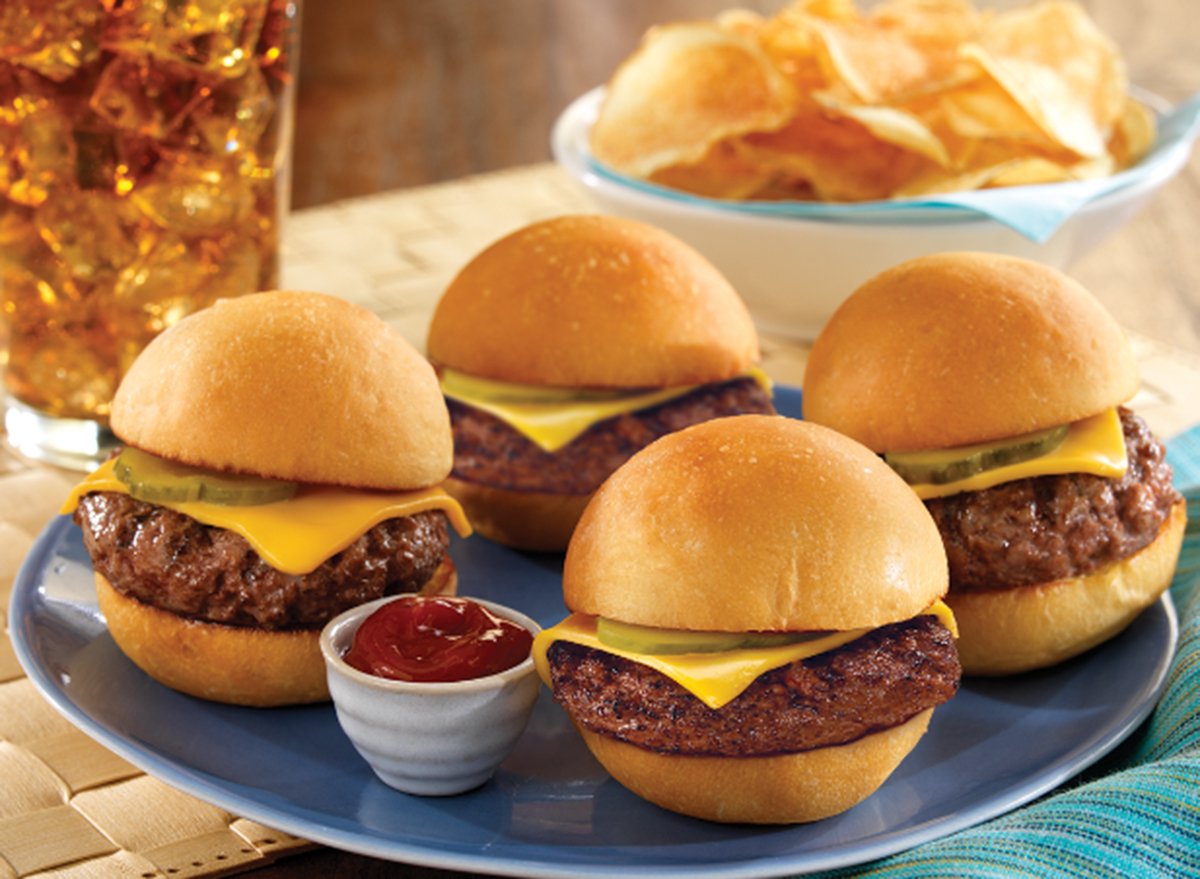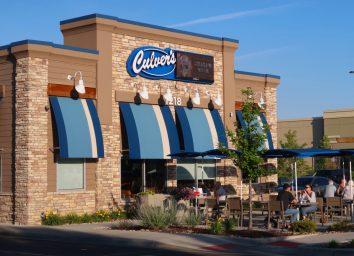4 Nearly Forgotten Restaurant Chains Making a Comeback
Sometimes during a trendy restaurant chain's heyday, it's easy to forget that nothing lasts forever. Times and tastes change and if it isn't flexible, a chain may look up and wonder where all the customers went.
While some things may be out of a restaurant's control (like a worldwide pandemic) other issues could be resolved given a little attention to customers' evolving preferences. Regardless of the issue, an empty dining room requires the same solution—a comeback strategy worthy of our attention.
While you may have forgotten about these once-popular chains—especially with all the new and impressive options vying for your hungry attention—these restaurants think they've got what it takes to win back your heart. Here's what they've got on their plates.
Golden Corral
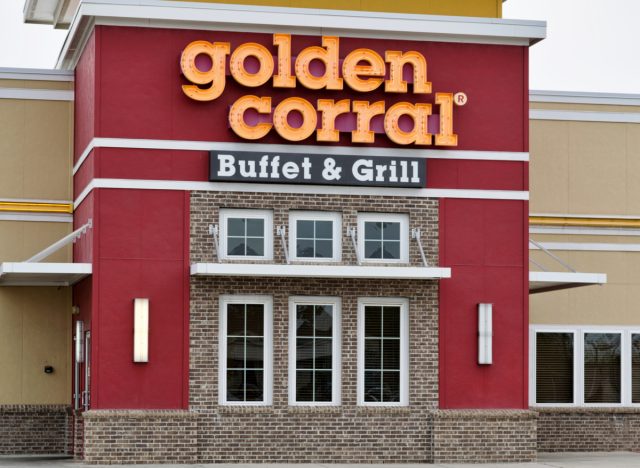
When COVID-19 hit, the last thing Americans wanted to do was share a buffet dinner with 50 strangers. At the time, lining up to hand off a ladle while collectively leaning over a steaming tray of gravied pork seemed unimaginable.
Inevitably, Golden Corral got hit hard. Between 2020 and 2021, the chain closed 124 restaurants. Prior to that in 2018, the company had 489 locations—meaning it lost roughly a quarter of its footprint, according to FSR Magazine.
Two years is a long time in restaurant years and buffets started to seem like a thing of the past. Only now, post-pandemic, the recent drive for value after skyrocketing inflation has given these cafeterias an unlikely revival—particularly for Golden Corral.
Currently, at 395 locations, Golden Corral is seeing same-store sales 30% above 2021.
"The emotions were so strong because after the last two years and what our company has been through, for us to be recognized was just really a validation of all the hard work and effort and just the way that our team has risen to the occasion," Golden Corral CEO Lance Trenary told FSR Magazine.
Trenary says the comeback was largely due to Golden Corral's focus on value, despite inflationary pressures. Even while many other restaurants cut down on portions or quality, "Golden Corral still mixes its meatloaf, grinds meat, cuts steak, breads chicken, and spends 12 hours cooking pot roast," according to him.
Future plans include expanding the "G.C. Grill House", which is an entrée-driven steakhouse spinoff of the famous buffet. The chain also has tentative plans for a fast-casual version with a drive-thru. While buffets may have made a comeback, Golden Corral has plans for the future that may or may not be buffet-friendly.
Dave & Buster's
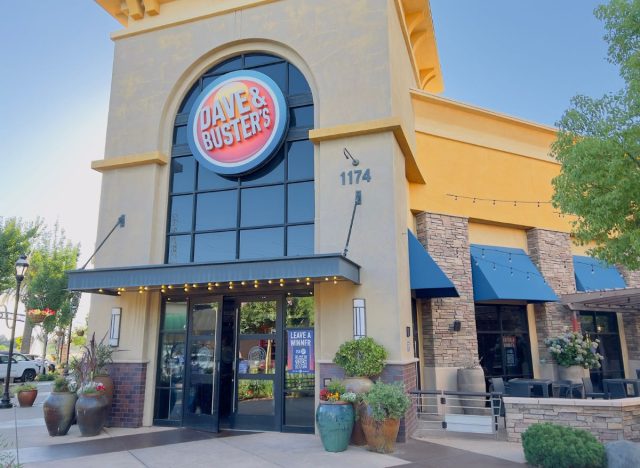
Nobody was playing games during the pandemic. At least not at densely populated entertainment and arcade establishments like Dave & Buster's.
In 2020, after a tumultuous couple of years, the brand announced it was looking at bankruptcy. It had laid off 1,300 workers and reported a same-store sales drop of 87% during the second quarter that year, according to FSR Magazine.
While it looked like the "eatertainment" aspect might fall off the map, the first vaccinations debuted just in time and helped lift restrictions later that year, saving the chain from a Chapter 11 filing.
When the economy opened, many customers felt a renewed drive to socialize and Dave & Buster's was the perfect place to do it. From the brink of collapse, the arcade restaurant turned around to see record sales.
This year, Dave & Buster's revenue increased 24%, to a record $451.1 million. That is almost double the revenue of last year and well over 2019's $363.6 million. Additionally, the company saw new highs in net income and 800,0000 downloads for its loyalty program in the first quarter, according to FSR.
In order to keep the upward momentum during its comeback, the chain has a few things in store. It is "enhancing its late-night vibe" with DJ sets coupled with a value menu, and launching all-new arcade games, including virtual reality entertainment based on popular movies such as Transformers and Top Gun: Maverick.
The company is also looking to get into sports betting—which has been predicted to become increasingly popular in the next few years.
Hooters
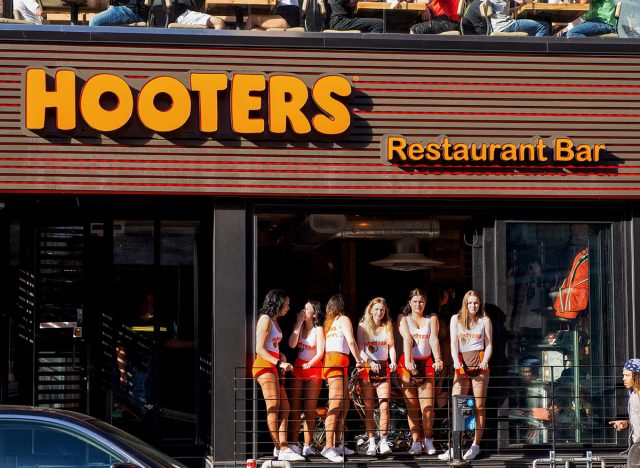
When Hooters debuted its iconic look in 1983, "breastaurants" weren't exactly a thing, but would soon become an international sensation. Through the years the brand has seen many difficulties and controversies.
Whether Hooters has aged well is a matter of opinion, but the fact that it has survived this long at all speaks to its staying power. When the recession, the pandemic, labor shortages, and then rising chicken wing prices spelled disaster for Hooters, the chain thrived despite the odds. That's not to say it hasn't felt the effects.
The chain peaked in profits prior to the recession when in 2007 its revenue was at $960 million. In 2008 Hooters had 400 locations, but by 2016, it shut down 15% of its footprint. When the pandemic hit, the restaurant saw its sales dip by about 30%. While it hasn't yet gotten back to its 2007 levels, either in 2019 or 2022, this year's revenue has gotten better for the company.
Part of that may have to do with Hooters' comeback strategy.
The chain unveiled an all-new fast-casual spin-off Hoots—which was made to appeal to fans of the wings rather than the other aspects of the chain. Additionally, the restaurant started zeroing in on the sports aspect of the restaurant, announcing it was launching sports betting in states where it was available.
While the chain may have a ways to go in getting back to its old standing, it appears that it's working on making a new image for itself.
Bennigan's
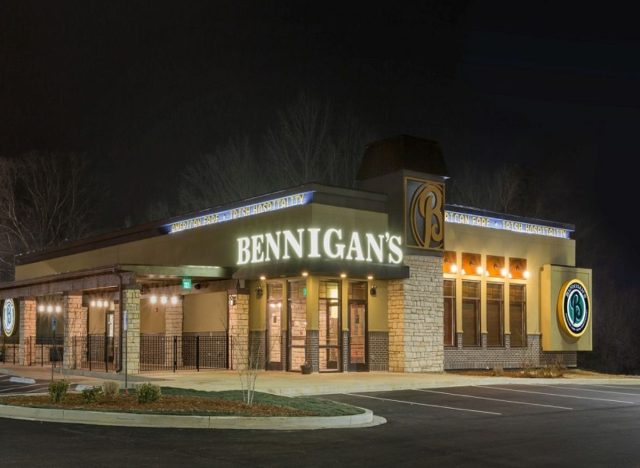
Bennigan's restaurant is an Irish pub-themed American casual dining chain that was founded in 1976. At its peak, there were over 300 Bennigan's restaurants worldwide. Then, in 2008, a Chapter 7 bankruptcy obliterated all 150 of Bennigan's corporate restaurants. The remaining 138 franchises were whittled down to 70. There are 9 domestic locations today–with two "On The Fly" fast-casual restaurants.
While Bennigan's hasn't recouped its physical losses post-bankruptcy, it doesn't appear to even want to. In fact, the company has completely redirected itself for the better. In some ways, it's not even operating in the same realm anymore.
While Bennigan's has been known for its iconic casual dining, the brand changed course when it partnered with REEF Neighborhood Kitchens, a ghost kitchen empire, in 2021, according to FSR Magazine.
Bennigan's comeback strategy has so far been a successful one as REEF itself has seen plenty of upward momentum. The company has grown from 50 kitchen hubs pre-COVID to nearly 300 in July 2021.
Some once struggling restaurants, like Bennigan's, have found refuge here as "New-stalgia" for delivery, according to Bennigan's CEO Paul Mangiamele in an interview with FSR. He says he has found success with a customer base that wants the chance to "recreate Bennigan's intimacy of product" and that finally, "retro is in again."
